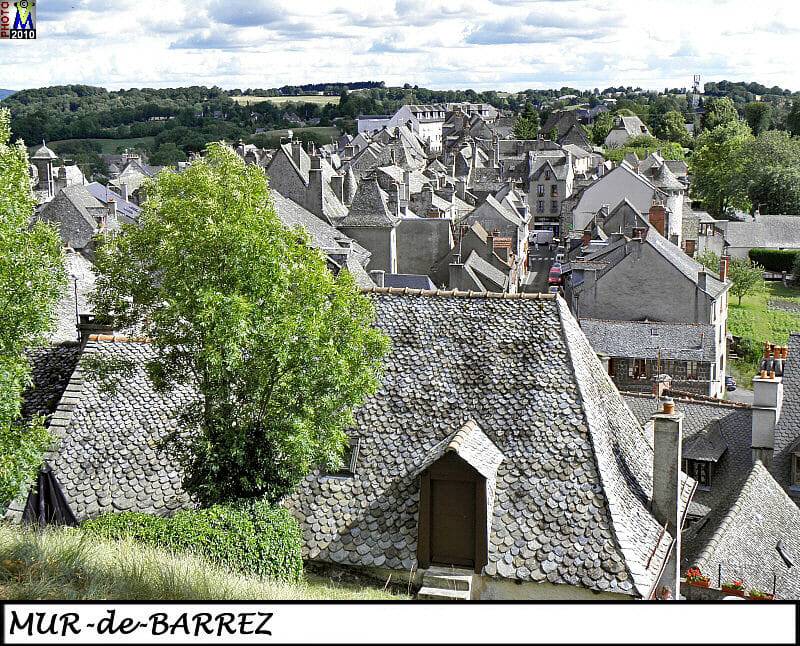The Prince of Monaco, no different than the Queen of England, is invested with additional aristocratic titles that bear witness to the country’s fascinating path through history. You will be intrigued and perhaps even surprised to discover the origin of the title Count of Carlades which is third in the list of titles still attached to the Principality.
HelloMonaco takes you back almost four hundred years when life as a small state within Europe with all its warring regions was perilous to say the least. To survive as an independent country required military prowess and masterful diplomacy in equal measure. Every country was drawn into wars with shifting alliances. These wars formally ended with treaties. And as each of the wars ended, diplomatic skills behind the scenes, or directly at the Treaty negotiating table, was life or death for a small country. The European super-powers carved up territories and ruthlessly horse-traded regions.

Thus it was at the Treaty of Peronne in 1643 where Monaco emphasized its alliance with France rather than Spain. Monaco was a loyal ally and when the dust settled after the war had spilled more than one pint of blood to help its French neighbour. France had weakened Spain while Monaco fought in Italy on France’s behalf. Monaco itself was a regional power, if a small one, and in the course of the war and in the subsequent Treaty negotiations lost control of important income from territories in Italy it had controlled with Spain’s support. Monaco gave up these interests it had previously had with its prior ally Spain and concentrated instead on providing loyal support for its ally France.

And that is why the Prince of Monaco carries proudly the title Count of Calvades. King Louis XIII in 1641 grateful for Monaco’s support and allegiance decided to cede to Prince Honore II of Monaco a region in France 600 kilometers to the West in Aveyron, including the village Mur de Barrez. In addition, King Louis XIII also rewarded Monaco with what was at the time a small fortune in treasure,75.000 pounds. This shows the extent to which Monaco had shed blood, resources and income in support of France.

Monaco’s dominion over this part of France was a blessing for Mur de Barrez. Commerce benefited due to Monaco’s benevolent fiscal system. More importantly it heralded about 150 years of blissful peace for a community that heretofore had experienced turbulent times.
If you visit Mur de Barrez today you will be astounded to see the Tower there – it is aptly named the Tour de Monaco. Monegasques will be as proud as the local Aveyronnais to witness it. It is classed as a Historic Monument and was part of the refortification of the town going back to the early 1400s. So too a source of pride is the emblem, the “heraldique armes” of Mur des Barrez. You cannot mistake this beautifully designed motif and how much it resembles Monaco’s own heraldic colours.

Even 400 years later Mur des Barrez has cultural memories of that 150 years of blessing that Monaco’s dominion yielded. Always viewed as a threat before Monaco’s involvement, due to its strategic position, Mur de Barrez defensive walls had been breached by the English in the Hundred Year’s war when they occupied it in 1373 and 1418. Later, back under French control it became of vortex of tension, seen as a centre of Huguenot protestant activity between 1574 and 1590 in a dominantly Catholic France. King Henry IV of France ordered sending in forces to destroy its Chateau. Eventually after 1620 this served to reduce its contentious role in the religious wars between the Protestants and Catholics.
It is easy to imagine how happy were Mur des Barrez’s citizens under the peaceful and protective framework of their new lord and Prince in Monaco – and everyone was given the assurance of peace and security as it was with the King of France’s blessing formalized with patents and the Royal Seal.
So what happened to bring 150 years of happy marriage in relative paradise to an end? What became of Monaco’s dominion 600 kilometers to the West in the Aveyron? The French Revolution put an end to this century and a half of good fortune! Maybe Robespierre couldn’t catch the Scarlet Pimpernel – but he did manage to ruin paradise for the Aveyronnais in Mur des Barrez after 1790. The Revolutionaries were no fans of Princely domains!

Fortunately more than just good memories remain. Monaco retains a small but important presence through the private purchase of land there in 1914 which includes a rocky outcrop, good for climbing. And there is the Monaco Tower and the beautiful heraldry. One can only imagine what could have been if the French Revolution had not changed the course of history.
Prince Albert and Princess Charlene were warmly received in Mur des Barrez on May 14th, 2014 for the first formal visit by Monaco royalty in 300 years. Received by Mayor Alain Cezac, Prince Albert unveiled a plaque commemorating the Tower (Tour de Monaco). Prince Albert, after sitting astride a horse as if in ancient times, concluded his visit by signing the “Golden Book” in the Mairie. It was noted with great pride by the Mur de Barrez deputation that Prince Albert and Princess Charlene’s daughter Gabrielle bears the title Countess of Carlades – creating a continuing link in the future with the royal house of Monaco. There remains fondness in Mur de Barrez for that 150-year period of good fortune. AlsoPrince Albert’s father, Prince Rainier III had fond memories of Monaco’s association with Mur de Barrez and had once used the name of Louis Carlades during the Monte Carlo rally in 1953.

For Monegasques and Monacophiles there are some extraordinary sights to see on a visit and some intriguing historic documents in the Mairie. One could say all’s well that ends well. Monaco and Mur des Barrez remain fond cousins and Monegasques visiting can expect a warm welcome from the 800 Mur de Barrez citizens. Aveyron is a pretty region with 10 of the most beautiful villages in France – a beautiful trip down memory lane for Monegasques proud of their history.









